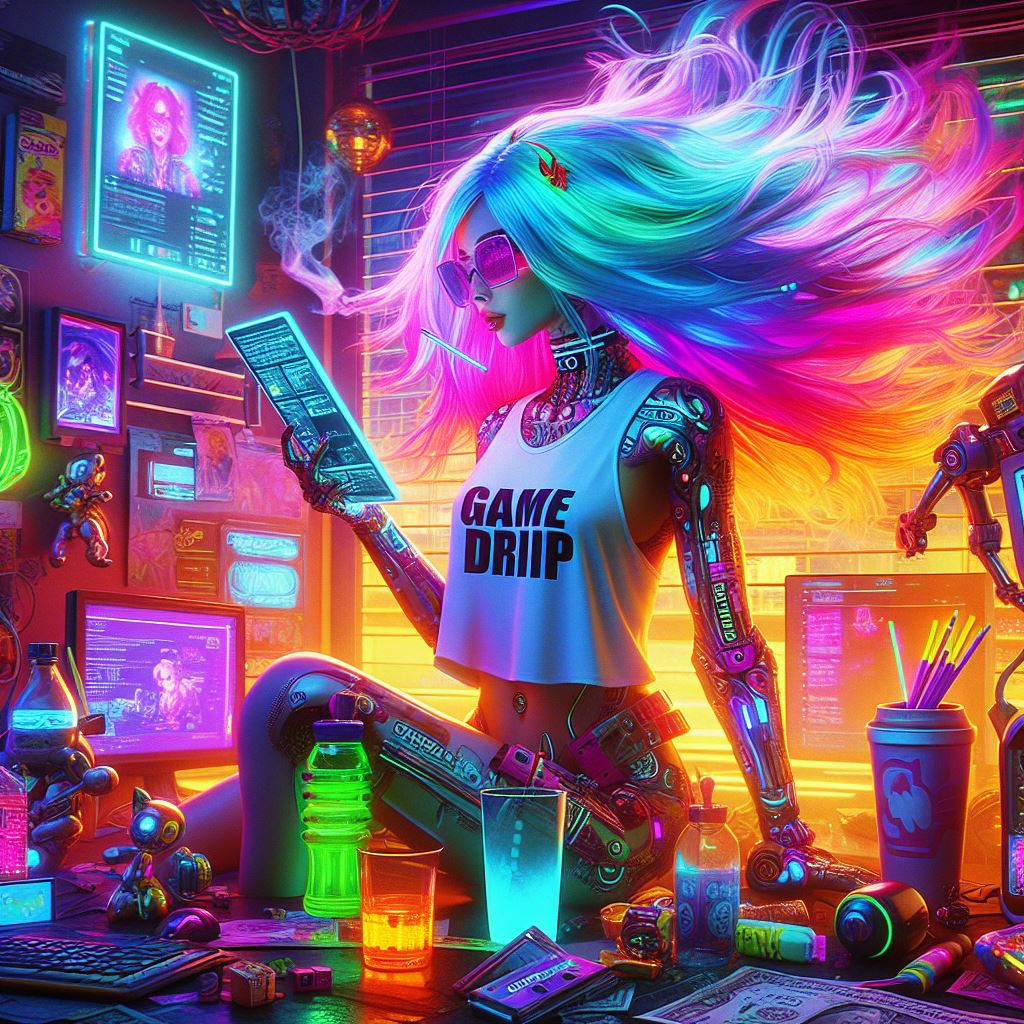As featured on Minecraft Servers Listing
#SparkCraft #Vanilla #Minecraft #server

SparkCraft Vanilla is a private vanilla server with classic survival without private, donation and unnecessary plugins. Honest, comfortable, lamp server, created for the soul. The server supports login from both a licensed client and a pirated client, and is also multi-platform.
Attention! This server has a paid entrance. Why is there a paid entrance to the server?
On our server there is completely no donation, on which regular servers live. In our case, the money you donate for the pass goes towards the monthly rental of a dedicated machine on which the server is located.
In addition, paid entry is a kind of guarantee of an adequate game. You can play on a server with your friends in a comfortable environment, without worrying that someone will come and destroy your home for fun. Who wants to pay money just to have fun?
Before purchasing access to the server, you can enter demo mode for free to check your ping, TPS, rendering distance, etc., as well as chat with players and ask questions.

* Maximum vanilla gameplay
Our server assumes the most classic vanilla survival. We do not have commands for teleportation; all movements around the world occur on their own. No economics plugins. Our form of trade is barter. There are no territory privates, with the exception of spawn private. No donation. On our server, all players are equal to each other. There is no kit start and no admin distributions. You start the game with a completely empty spawn. Standard mechanics are not disabled: creepers can destroy buildings, endermen can steal blocks, zombies can break doors, etc.
* Griefing, cheating and theft are strictly prohibited
Our goal is to unite adequate players on the server who want to enjoy the game in a cozy, friendly atmosphere. We prohibit griefing, cheating, theft and dupes and we monitor this very strictly. If your property is damaged, the offender will be punished, and the resulting damage can be rolled back. All players have access to the inspector mode – /co i and everything can be calculated very easily.

* Comfort
The server is located on a powerful dedicated machine. We have a large, fully generated world, a stable TPS, a productive server core that is always up to date and has the latest fixes and improvements. The server website has a world map on which you can choose a location for your project. Convenient hub, fully built main branches in hell. This way you can get to your desired location very quickly without worrying about the safety of the road.
* Interaction between players
We have a server conversation on VK and a Discord server where you can chat with server players, discuss something and make plans. The server chat is broadcast to the Discord channel and it is possible to write to the game chat via Discord by linking the game account. You can send a letter to the player using the /mail send command (useful if the player is offline). We can also use the Plasmo Voice mod. Each player can found his own clan. If you are 3 or more people, then you can officially register by receiving a prefix. For convenience, each clan has its own clan chat in the game and on Discord.
* No wipes or seasons
On our server there are no wipes in their usual sense. We are moving buildings based on player requests. After the new version is released, we wait for a stable server core, build the server on the new version and generate a new map. At the same time, a server is launched on the previous version of the game and from there buildings are gradually transferred (according to requests) to a blank map. This makes it possible to tackle large-scale projects without worrying about whether you will have time to complete them.
* Stability
The SparkCraft project has existed since 2012. SparkCraft Vanilla is the second server in the project and was opened in March 2019. When playing on our server, you don’t have to be afraid that the server will close in a month and calmly build large-scale projects.
* Unique features
Even though we try to keep the gameplay as vanilla as possible, our server has unique features. We ourselves write the website and plugins for the server, and players can offer their ideas on the necessary functionality through polls in Discord. Most of the proposed and approved ideas have already been implemented. For example, we have a reward system. You get points for voting on monitoring. Points can be transferred to another player or converted into free days of subscription. You can also buy decorative items for points in your server’s personal account. At the moment these are: invisible frames, invisible light blocks, custom heads, variable armor stands.
If you were looking for a comfortable, honest and stable server, then you have come to the right place. Join us and have fun! 😉
vanilla.sparkcraft.ru











![NDCraft [Survival] [Minigames] [Economy]](https://game-drip.com/wp-content/uploads/2024/04/gamedrip-news-best-6828.jpg)

![🌌 Parallel [Semi-Vanilla SMP] {Multiworld Exploration} {Custom Terrain} {Public} {1.15.2}](https://game-drip.com/wp-content/uploads/2024/04/gamedrip-news-top-4404.jpg)



![Nightmare – [Beta]!](https://game-drip.com/wp-content/uploads/2024/04/gamedrip-news-top-3370.jpg)



